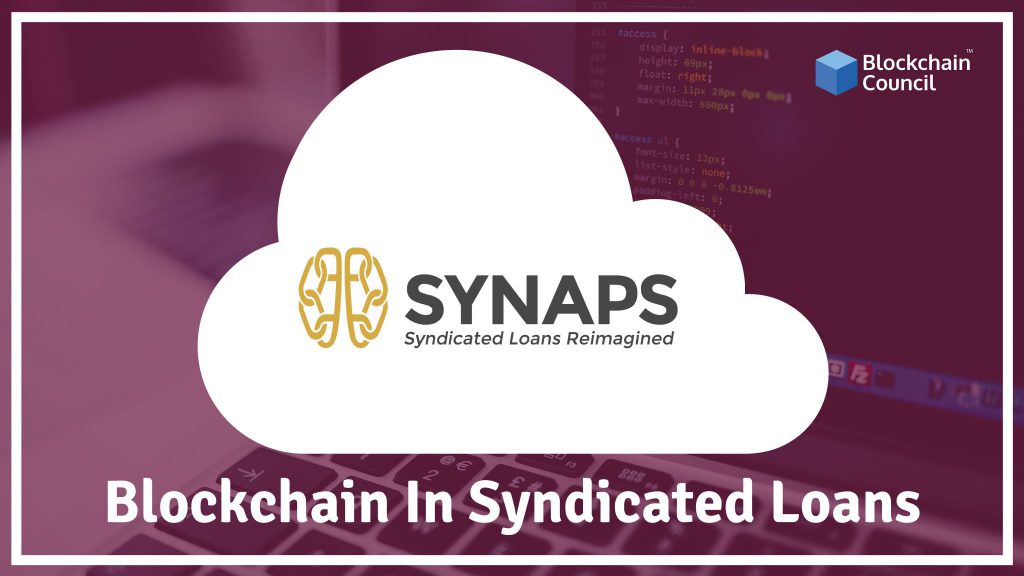
- Toshendra Kumar Sharma
- September 23, 2017
Credit Suisse leads a group of banks and financial firms. These institutions recently achieved the second phase of a blockchain proof-of-concept which focuses on syndicated loans.
A joint venture, Synaps Loans, was formulated through a partnership between smart contract vendor Symbiont and Ipreo who provides loan settlement platform. They worked with Credit Suisse and a host of agent banks service providers, and fund managers. This came into existence to carry out a successful demonstration of how blockchain can be used for syndicated loans.
The banks that took part in this demonstration are all R3 consortium members. Banco Bilbao Vizcaya Argentaria (BBVA), Danske Bank, Royal Bank of Scotland, Scotiabank, Société Générale, State Street, U.S. Bank and Wells Fargo represent the sell-side firms. While, buy-side firms are AllianceBernstein (AB), Eaton Vance Management, KKR and Oak Hill Advisors.
According to the Credit distributed ledger and blockchain effort, faster and more individual settlements in loan market is possible by connecting a network of agent banks through blockchain. Also, the company leads a team of seven financial institutions. This team, henceforth, developed a blockchain prototype for reference data purposes.
This project demonstrates how this technology fundamentally reshapes the syndicated loan market and the capital markets. This demonstration leads to increased efficiency and reduced costs benefitting both banks and clients.
How does it work?
Blockchain puts forth a very strong and unique value proposition to banks looking to expand globally. Using blockchain’s distributed ledger architecture, banks can spread out tasks like local compliance, KYC or AML and link them to a single customer block. While individual banks in the syndicate may have different regulations, data and privacy laws, all banks can benefit by accessing the data through blockchain. Thus the cost of meeting regulatory requirements lowers for syndicated lending. This is because banks can make use of compliance already completed by others in the syndicate.
Since the syndicate and the customer has a closed loop communication, banks can efficiently track the services provided at various touchpoints like distribution of fees and charges in the local syndicate banks. Furthermore, since every syndicate banks have access to the customer’s digital documentation, they can exempt data duplication. Also, they can take down required data for local country activities as required. The updating of blockchain distributed ledgers enables growth in business and more profit.
Thus witth blockchain, syndicated banks can:
- Immediately launch business and provide new value propositions
- Improve spreads
- Lower operational risk and costs
- Comply with regulations across regions
- Perform real-time accounting
- Gain a 360 degree view of each customer
- Mine data and provide real-time customer dashboards and reporting





































































 Guides
Guides News
News Blockchain
Blockchain Cryptocurrency
& Digital Assets
Cryptocurrency
& Digital Assets Web3
Web3 Metaverse & NFTs
Metaverse & NFTs
